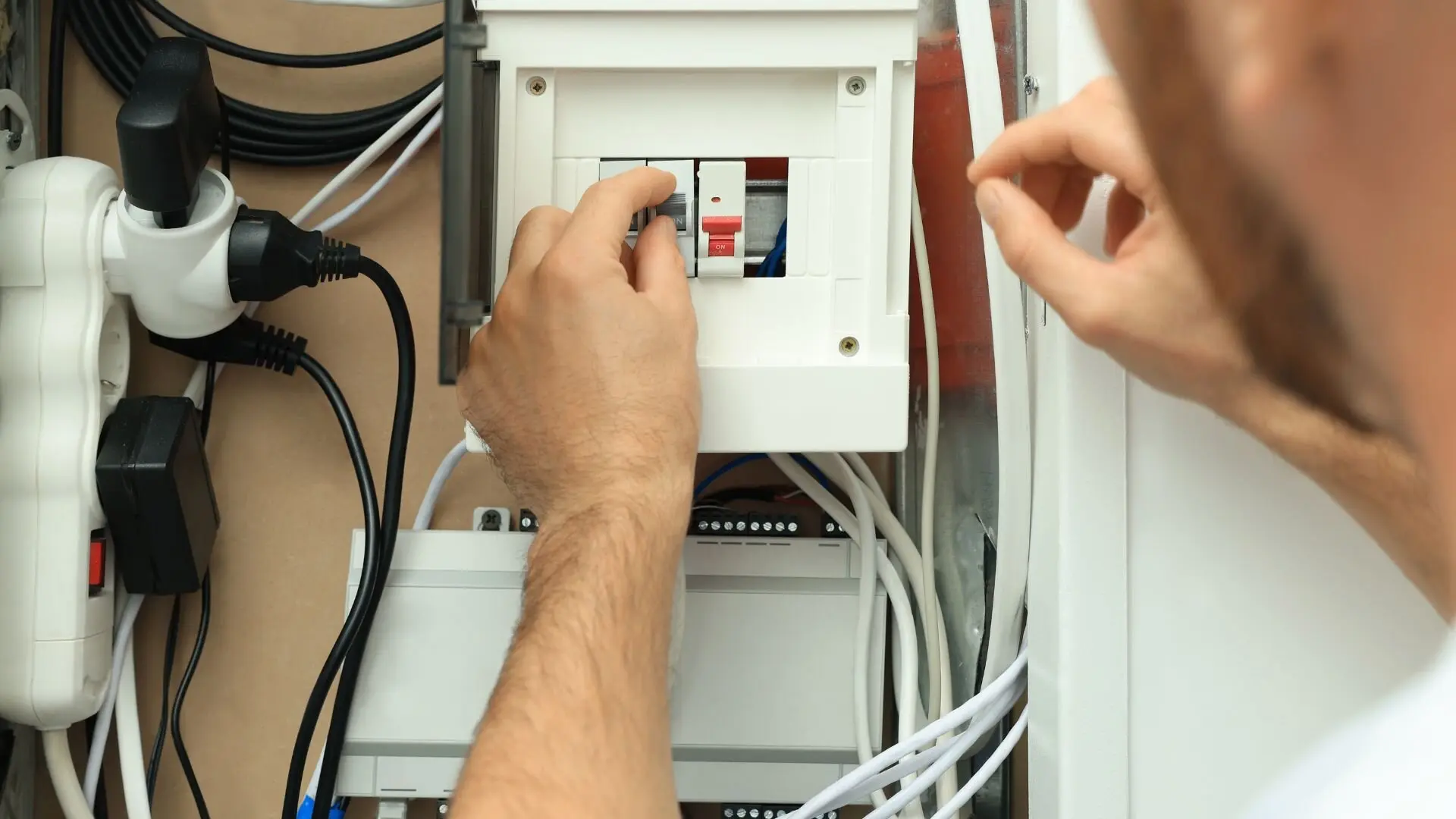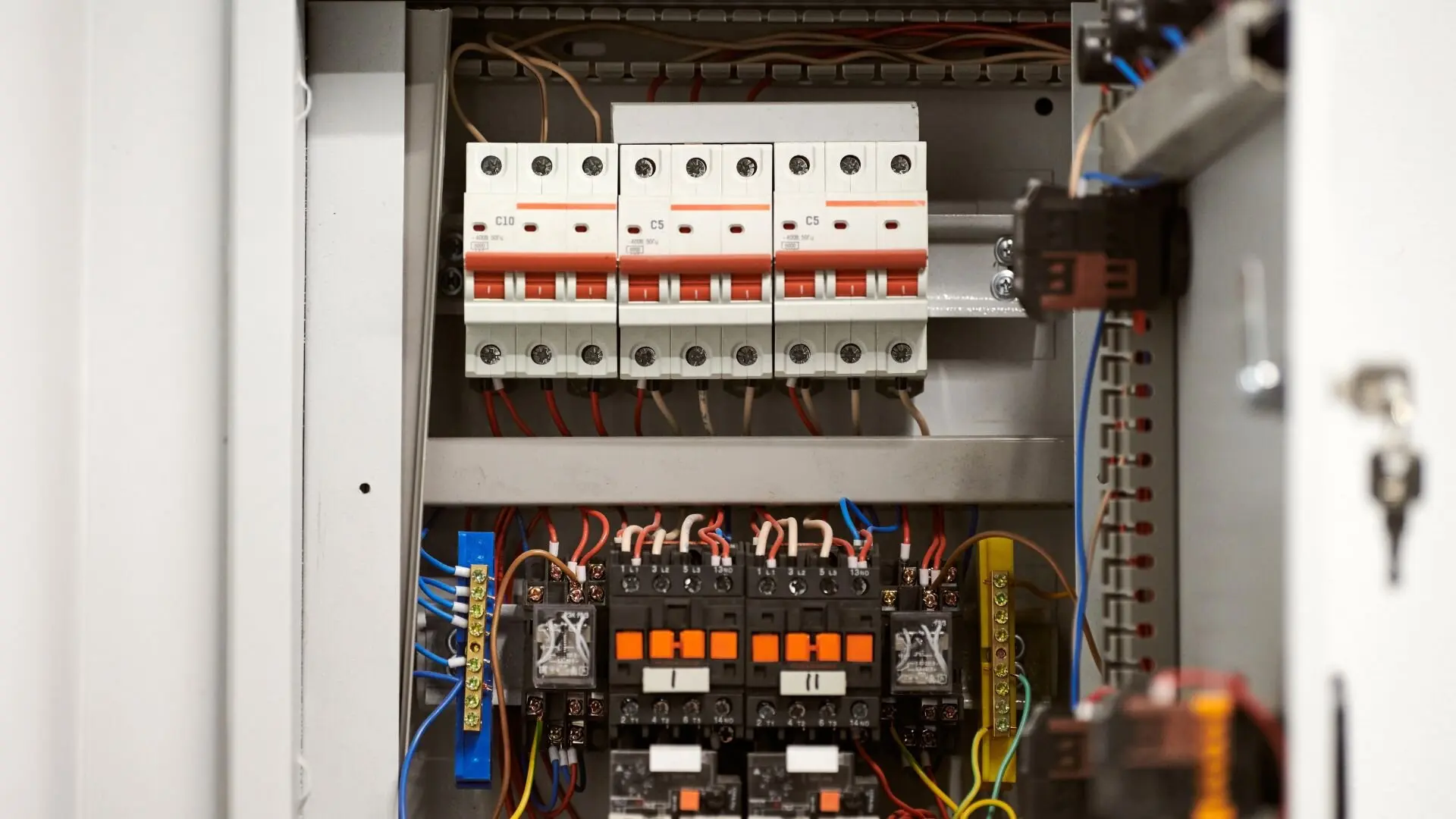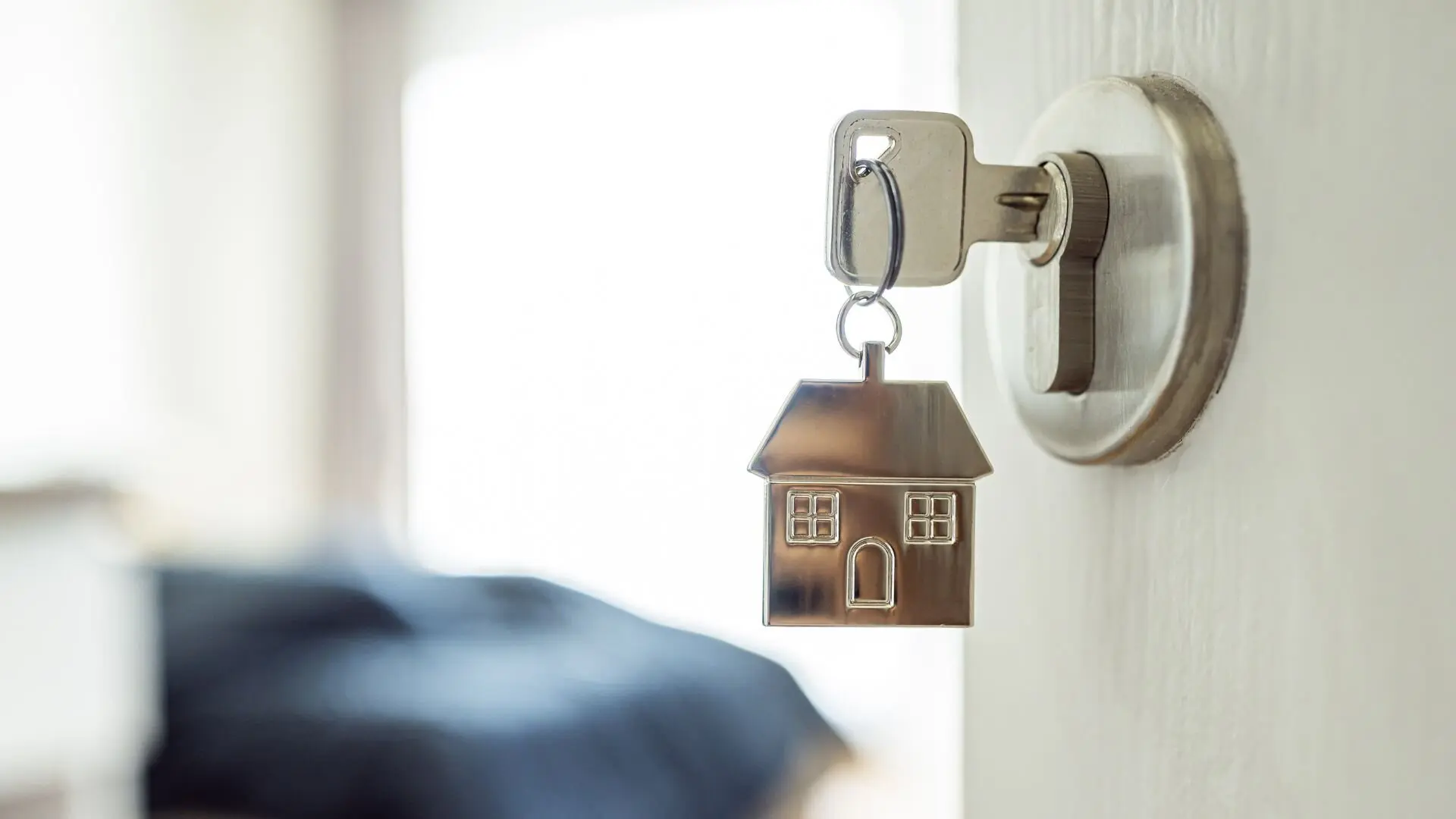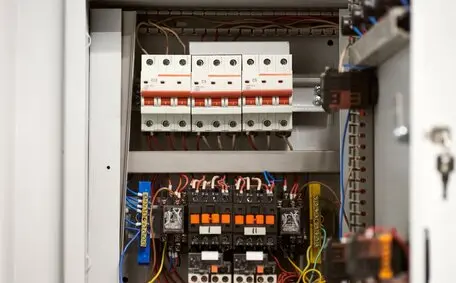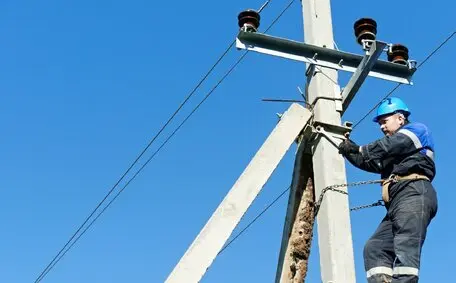Electrical safety is paramount in rental properties, as it ensures the well-being of tenants and protects the property from potential hazards. In Sydney, safety switch regulations are crucial in maintaining a secure electrical environment. These regulations mandate installing and maintaining safety switches, also known as residual current devices (RCDs), in all rental properties. Compliance with these regulations is a legal obligation for landlords and a vital step in preventing electrical accidents and safeguarding lives.
This article aims to provide a comprehensive guide for both landlords and tenants in Sydney. It explains the importance of safety switches, the specific regulations in place, and the steps required to ensure compliance.
What are Safety Switches?
Safety switches, also known as residual current devices (RCDs), are essential components of an electrical system designed to protect people from electric shock and minimise the risk of electrical fires. Their primary purpose is to monitor the flow of electricity through a circuit continuously and quickly cut off the power supply if an imbalance is detected, indicating a potential fault or hazard.
![2024 04 Fixing Safety Switches Fixing Safety Switches]()
Safety switches work by comparing the current flowing in and out of a circuit. If there is a difference in the current, such as when electricity is leaking to the ground due to a faulty appliance or damaged wiring, the safety switch will trip, interrupting the power supply within milliseconds. This rapid response can prevent serious injuries and even save lives.
There are two main types of safety switches: RCDs and RCBOs (residual current circuit breakers with overcurrent protection). While RCDs protect against earth leakage faults, RCBOs combine the functions of an RCD and a circuit breaker, protecting against both earth leakage faults and overcurrent faults.
It is important to note that safety switches are different from circuit breakers. Circuit breakers protect against overloading and short circuits, while safety switches protect against earth leakage faults. Safety switches provide an additional layer of protection that circuit breakers alone cannot offer. Installing safety switches in rental properties is crucial for ensuring the safety of tenants and complying with Sydney’s electrical safety regulations.
Sydney Rental Safety Switch Regulations
In Sydney, the Residential Tenancies Act 2010 and the Residential Tenancies Regulation 2019 govern the safety switch regulations for rental properties. These regulations mandate that all rental properties must have safety switches installed in compliance with the Australian Standard AS/NZS 3000, also known as the "Wiring Rules."
Under these regulations, landlords are legally required to install and maintain safety switches in all rental properties. This includes both new and existing properties, regardless of the age of the electrical installation. Safety switches must be installed on all power and lighting circuits, protecting tenants from potential electrical hazards.
The rules for when to install safety switches in rental homes hinge on the property’s age and when the lease was signed. For homes built or majorly spruced up after May 13, 1995, the switches should have gone in during construction. Older places had specific deadlines to meet:
- For leases made before March 23, 2020: The deadline was March 23, 2021
- For leases signed on or after March 23, 2020: Safety switches need to be installed before the tenant moves in
If landlords ignore these rules, they might face penalties. N.S.W. Fair Trading can slap fines up to $1,100 for individuals and $5,500 for companies failing to fit and look after safety switches. Plus, if something goes wrong electrically, tenants could take legal action.
To comply with safety switch rules, landlords need to stick to the standards and codes. The main one is AS/NZS 3000, laying out how electrical installations should be done, including fitting and maintaining safety switches.
Landlords should engage licensed and experienced electricians familiar with these standards to install and test safety switches in their rental properties. Adhering to these regulations not only ensures the safety of tenants but also protects landlords from potential legal and financial consequences.
Installation and Testing of Safety Switches
![2024 04 Safety Switch Switchboard Safety Switch Switchboard]()
When to Install Safety Switches
Safety switches should be installed in all Sydney rental properties under the compliance deadlines set by the Residential Tenancies Regulation 2019. Safety switches must be installed during construction for new or substantially renovated properties. Existing properties must have safety switches installed before the commencement of a new lease or by the specified deadlines, depending on the lease agreement date.
Recommended Locations for Installation
The recommended locations for safety switch installation are at the electrical switchboard, protecting all power and lighting circuits. Additional safety switches may sometimes be required for specific electrical equipment, such as pool pumps or outdoor circuits. It is essential to consult a licensed electrician to determine the appropriate locations and configurations for safety switch installation in each rental property.
Hiring a Licensed Electrician
It’s vital to hire a licensed, experienced electrician for installing and testing safety switches. These professionals have the know-how and equipment to do the job right, ensuring everything meets the necessary standards. They can also suggest which types of safety switches suit your property best and handle the testing to make sure they’re working properly.
Regular Testing and Maintenance
Regular testing and maintenance of safety switches are essential to ensure their ongoing effectiveness. Landlords should arrange for safety switches to be tested by a licensed electrician at least once every 12 months. This testing involves pushing the "test" button on each safety switch to confirm that it trips and cuts off the power supply as intended. Any faulty safety switches must be replaced immediately.
Record-Keeping Obligations
Landlords must keep records of safety switch installation, testing, and maintenance. These records should include the date of installation, the type of safety switches installed, and the annual testing results. Keeping accurate records demonstrates compliance with safety switch regulations and can provide valuable evidence in the event of an electrical incident or dispute.
Benefits of Safety Switches in Rental Properties
Enhanced Electrical Safety for Tenants
The biggest perk of having safety switches in rental homes is the boost in electrical safety they bring for tenants. These devices keep an eye on electricity flow and swiftly shut off the power when there’s an issue, greatly lowering the chances of electric shock, electrocution, and fires. With this extra safeguard, tenants can feel more secure and relaxed in their homes.
Protection Against Electric Shock, Fire, and Property Damage
Safety switches protect tenants from electric shock by detecting earth leakage faults and interrupting the power supply within milliseconds. This rapid response can prevent severe injuries and even save lives. Additionally, safety switches can help prevent electrical fires by detecting faults that may cause overheating or sparking, thereby minimising the risk of property damage.
Reduced Liability Risks for Landlords
Compliance with safety switch regulations demonstrates that landlords have taken reasonable steps to ensure the safety of their tenants, which can help mitigate legal and financial consequences if an incident occurs.
Compliance with Legal Requirements and Industry Standards
Installing safety switches in rental properties is a wise safety measure and a legal requirement in Sydney. By complying with the Residential Tenancies Act 2010, the Residential Tenancies Regulation 2019, and the Australian Standard AS/NZS 3000, landlords can avoid penalties and ensure they meet their obligations as property owners.
Potential Insurance Benefits
Some insurance providers may offer reduced premiums or more favourable coverage terms for rental properties with installed safety switches. Landlords should consult with their insurance provider to determine if there are any potential benefits associated with installing and maintaining safety switches in their rental properties.
Tenant’s Role in Electrical Safety
![2024 04 Rental Property With Keys Rental Property Keys]()
Reporting Electrical Issues Promptly
Tenants have an essential role in keeping rental properties safe electrically. They should quickly report any electrical problems to their landlord, like flickering lights, buzzing noises, or outlets that don’t work. Reporting early means landlords can fix issues before they turn into bigger dangers.
Safe Use of Electrical Appliances
Tenants should use electrical appliances responsibly and avoid overloading outlets by plugging in too many devices. They should also regularly inspect their appliances for signs of wear or damage and replace or repair them as needed.
Awareness of Warning Signs
Tenants need to watch for warning signs of electrical trouble, like safety switches tripping often, sparks flying from outlets, or burn-like smells. Spot any of these? Let your landlord know straight away and steer clear of using the dodgy appliances or outlets until it’s sorted.
Cooperation with Landlords
Tenants should cooperate with landlords during safety switch testing and maintenance. This may involve providing licensed electricians access to the property to perform necessary tests and repairs.
Ensuring Compliance and Peace of Mind
Safety switch regulations in Sydney rentals are essential for protecting tenants from electrical hazards and ensuring compliance with legal requirements. Landlords must install safety switches in all rental properties, adhering to the compliance deadlines set by the Residential Tenancies Regulation 2019. These safety switches must be installed on all power and lighting circuits following the Australian Standard AS/NZS 3000.
Proactive compliance is crucial for landlords to avoid penalties, reduce liability risks, and ensure the safety of their tenants. Engaging licensed and experienced electricians to install, test, and maintain safety switches is the best way for landlords to ensure their rental properties meet the necessary standards and regulations.
Focusing on electrical safety in rental properties not only fulfils legal obligations but also provides peace of mind for both landlords and tenants. Knowing that properly installed and maintained safety switches protect tenants can help landlords feel confident that they have taken the necessary steps to create a safer living environment.
Landlords seeking assistance with safety switch installation, testing, and maintenance can turn to Bright Force Electrical, a trusted and experienced electrical service provider in Sydney. With a team of licensed and knowledgeable electricians, Bright Force Electrical can help landlords navigate the safety switch regulations and ensure compliance.
Contacting Bright Force Electrical gives landlords access to expert advice, professional installation, and ongoing support to maintain electrical safety in their rental properties. Investing in a reputable electrical provider like Bright Force Electrical is a proactive step towards ensuring landlords’ and tenants’ compliance and peace of mind.




